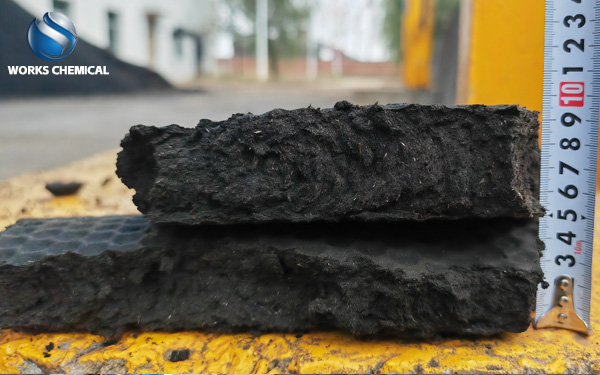
The problem of high water content of municipal sludge cake can be solved by a variety of methods, the following are some effective strategies:

A mechanical dewatering method
Select the right filter press equipment:
Plate and frame filter press: Through high pressure filtration, suitable for the treatment of sludge with high moisture content. When in use, it should be ensured that the equipment is well-adjusted to avoid high water content due to equipment problems. At the same time, it should be regularly checked whether the filter plate of the plate and frame filter press is rusty or blocked, and it should be repaired or replaced in time.
Belt filter press: the water in the sludge is squeezed out by pressing the pressure of the belt, which is suitable for treating a large amount of sludge.
Centrifuge: The use of centrifugal force generated by high-speed rotation, the solid and liquid separation, is an efficient dehydration equipment.
Increasing pressing pressure: Increasing pressing pressure can significantly reduce the moisture content of filter cake and increase the dryness of filter cake.
Adopt the secondary press process: After the feeding process, in order to further reduce the water content of the filter cake, the filter cake can be pressed twice to improve the overall dehydration efficiency.
Two, chemical conditioning
Adding chemical flocculants: Adding chemical flocculants before sludge dehydration can significantly improve the dehydration effect. Through charge neutralization and bridging, the flocculant can aggregate the particles in the sludge into larger floc, which is conducive to dehydration.
Adjusting sludge properties: Through chemical conditioning, the structure of the sludge can be improved, the viscosity of the sludge can be reduced, and the compressibility can be increased, thus improving the efficiency of mechanical dehydration.
Three. Biological treatment
Anaerobic digestion: The decomposition of organic matter by microorganisms in the absence of oxygen to produce biogas, while reducing the volume of sludge and water content. The advantage of anaerobic digestion is that it can recover energy (biogas), but the process is slow and the equipment investment is large, which is suitable for large-scale sewage treatment plants.
Biological drying technology: By controlling temperature and humidity, promote microbial activity and accelerate the drying process of sludge.
Four, hot drying method
Direct drying: Through hot air direct contact with the sludge, so that its water evaporation, but need to deal with a lot of exhaust gas.
Indirect drying: The heat is transferred to the sludge by thermal conduction, which reduces the production of exhaust gas.
Spray drying: the sludge atomization, rapid evaporation of water, suitable for the need for rapid treatment of small batches of sludge.
Hot drying technology can reduce the moisture content of sludge to a very low level, but the energy consumption is high and the investment cost is large. In practical applications, it is necessary to weigh energy consumption and sludge treatment effect.